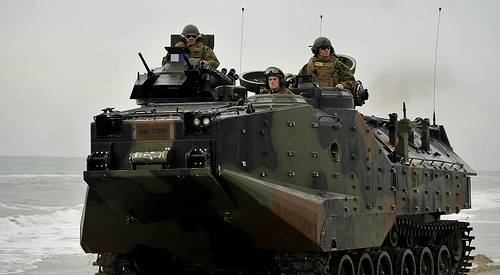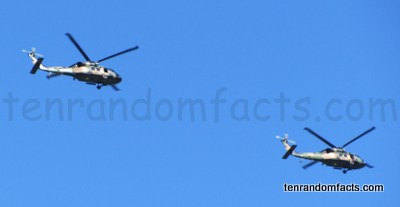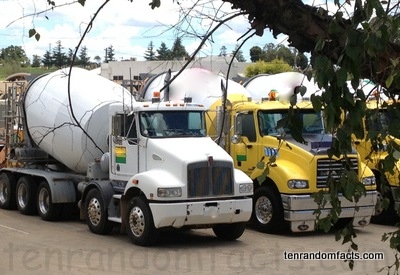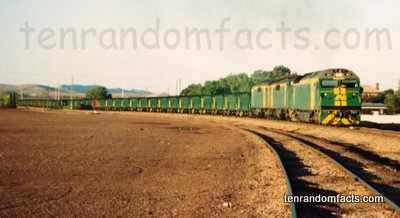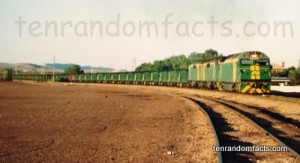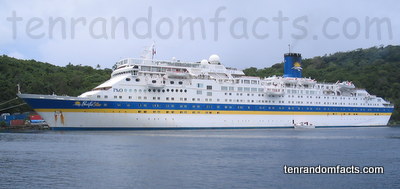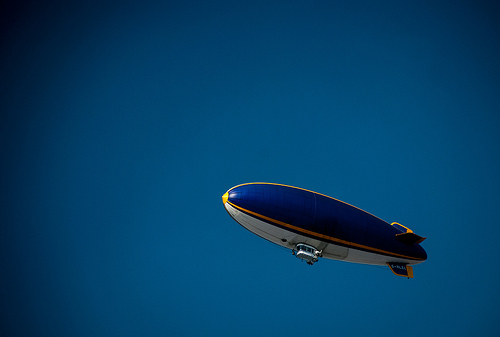
It’s a bird! It’s a plane! No… It’s a blimp!
- Blimps are aircraft with no inside framework used for support.
- Blimps lift due to high pressure and helium pumped in the balloon.
- The only solid parts of a blimp are the gondola, where the passengers are, and tail fins used for stability.
- Blimps require propeller motors for steering mobility.
- Some blimps were used for patrolling purposes for the United States Navy in the World War I period.
Blimp
Image courtesy of Tom Grinsted/Flickr
- Blimps are commonly used for advertising purposes, and some blimps have 1000s of LED lights on them to shine messages.
- Blimps are often deflated in transportation processes.
- The term ‘blimp’ only refers to aircraft that free fly in the air.
- The term ‘blimp’ is a mix of the original British word for blimp, limp, and the most common type of blimp class, B, thus creating ‘blimp’.
- In 1925, Goodyear Tire and Rubber created the blimps we now know today.




